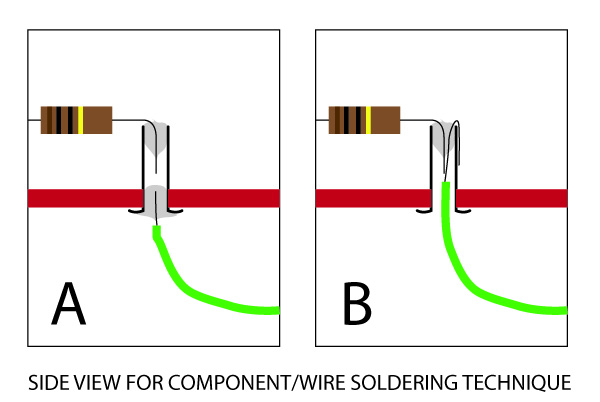Thanks Leo! Can't wait to get this finished and give it a listen!
Re mounting output away from PT, thanks, will do.
Do you solder the shield to the outside of these teeny plugs?
Re mounting output away from PT, thanks, will do.
Do you solder the shield to the outside of these teeny plugs?
 Keep It Simple, Stupid! is what I tell myself. And anyone else who will listen.
Keep It Simple, Stupid! is what I tell myself. And anyone else who will listen.
 . Next weekend: double check the wire routing, mount the board, solder up the board to the pots, jacks, and socket pins.
. Next weekend: double check the wire routing, mount the board, solder up the board to the pots, jacks, and socket pins. 

Comment